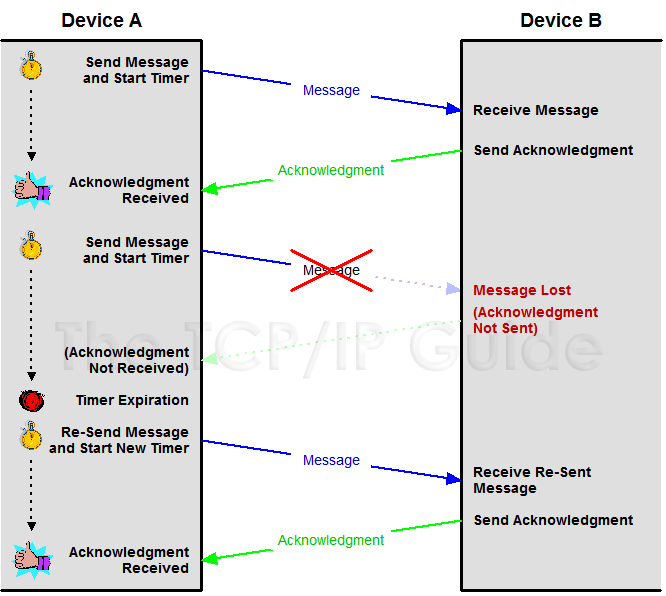 |
|
Please Whitelist This Site?
I know everyone hates ads. But please understand that I am providing premium content for free that takes hundreds of hours of time to research and write. I don't want to go to a pay-only model like some sites, but when more and more people block ads, I end up working for free. And I have a family to support, just like you. :)
If you like The TCP/IP Guide, please consider the download version. It's priced very economically and you can read all of it in a convenient format without ads.
If you want to use this site for free, I'd be grateful if you could add the site to the whitelist for Adblock. To do so, just open the Adblock menu and select "Disable on tcpipguide.com". Or go to the Tools menu and select "Adblock Plus Preferences...". Then click "Add Filter..." at the bottom, and add this string: "@@||tcpipguide.com^$document". Then just click OK.
Thanks for your understanding!
Sincerely, Charles Kozierok
Author and Publisher, The TCP/IP Guide
|
|
|

Custom Search
|
|
TCP Sliding Window Acknowledgment System For Data Transport, Reliability and Flow Control
(Page 3 of 9)
Providing Basic Reliability Using Positive Acknowledgment with Retransmission (PAR)
Basic reliability in a protocol running over an unreliable protocol like IP can be implemented by closing the loop so the recipient provides feedback to the sender. This is most easily done with a simple acknowledgment system. Device A sends a piece of data to Device B. Device B, receiving the data, sends back an acknowledgment saying, “Device A, I received your message”. Device A then knows its transmission was successful.
Of course, since IP is unreliable, that message may in fact never get to where it is going. Device A will sit waiting for the acknowledgment and never receive it. Conversely, it is also possible that Device B gets the message from Device A, but the acknowledgment itself vanishes somehow. In either case, we don't want Device A to sit forever waiting for an acknowledgment that is never going to ever arrive.
To prevent this from happening, Device A starts a timer when it first sends the message to Device B, which allows sufficient time for the message to get to B and the acknowledgment to travel back, plus some reasonable time to allow for possible delays. If the timer expires before the acknowledgment is received, A assumes there was a problem and retransmits its original message. Since this method involves positive acknowledgments (“yes, I got your message”) and a facility for retransmission when needed, it is commonly called (ta-da!) positive acknowledgment with retransmission (PAR), as shown in Figure 204.
|
|
|
| |||||||||||||||||||
Home - Table Of Contents - Contact Us
The TCP/IP Guide (http://www.TCPIPGuide.com)
Version 3.0 - Version Date: September 20, 2005
© Copyright 2001-2005 Charles M. Kozierok. All Rights Reserved.
Not responsible for any loss resulting from the use of this site.








 Key Concept: A basic technique for ensuring reliability in communications uses a rule that requires a device to send back an acknowledgment each time it successfully receives a transmission. If a transmission is not acknowledged after a period of time, it is retransmitted by its sender. This system is called positive acknowledgment with retransmission (PAR). One drawback with this basic scheme is that the transmitter cannot send a second message until the first has been acknowledged.
Key Concept: A basic technique for ensuring reliability in communications uses a rule that requires a device to send back an acknowledgment each time it successfully receives a transmission. If a transmission is not acknowledged after a period of time, it is retransmitted by its sender. This system is called positive acknowledgment with retransmission (PAR). One drawback with this basic scheme is that the transmitter cannot send a second message until the first has been acknowledged.